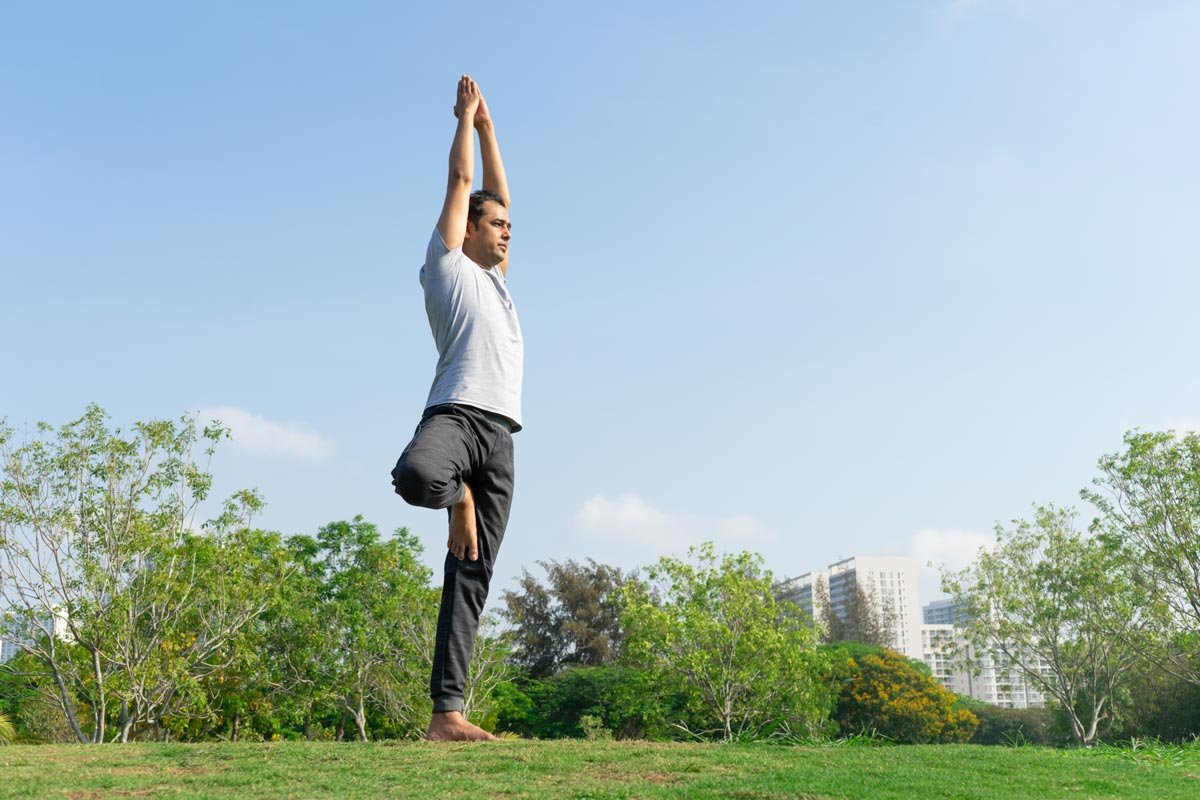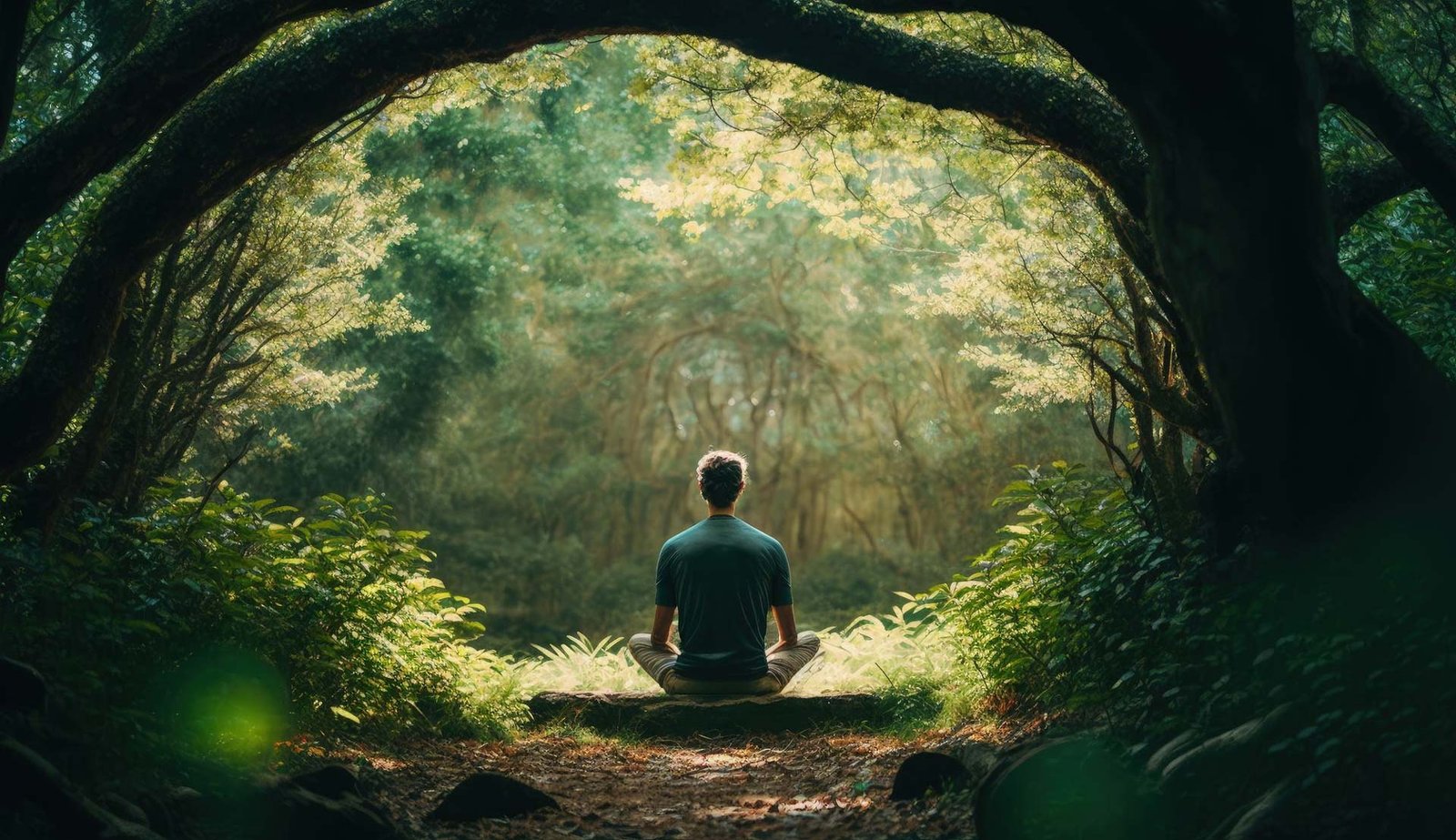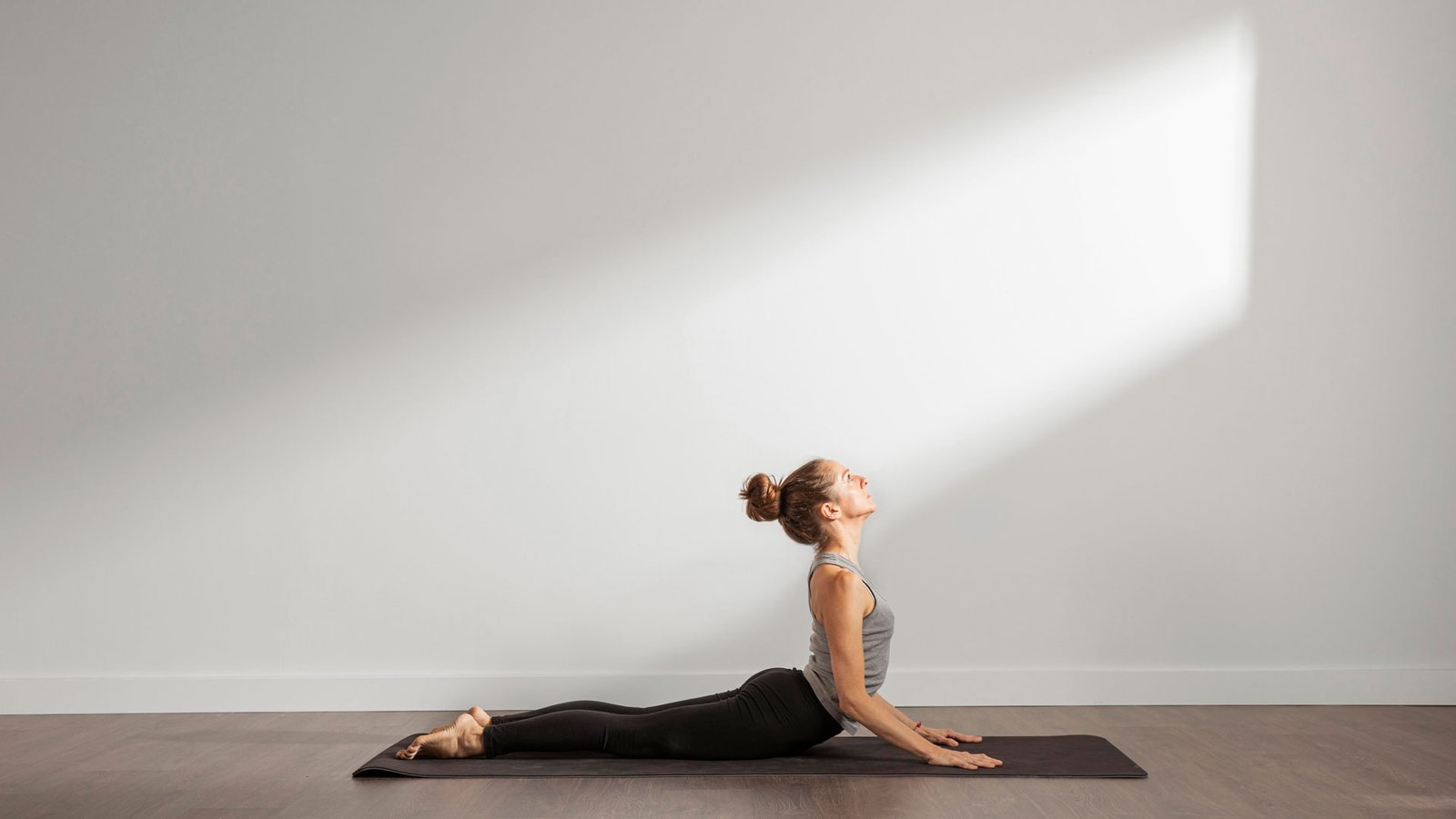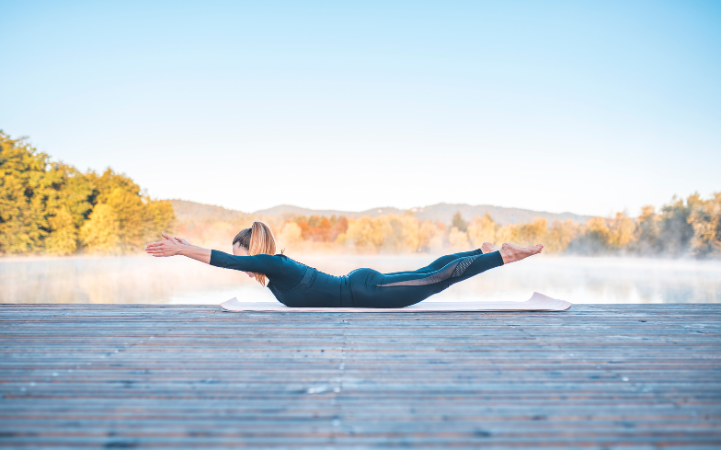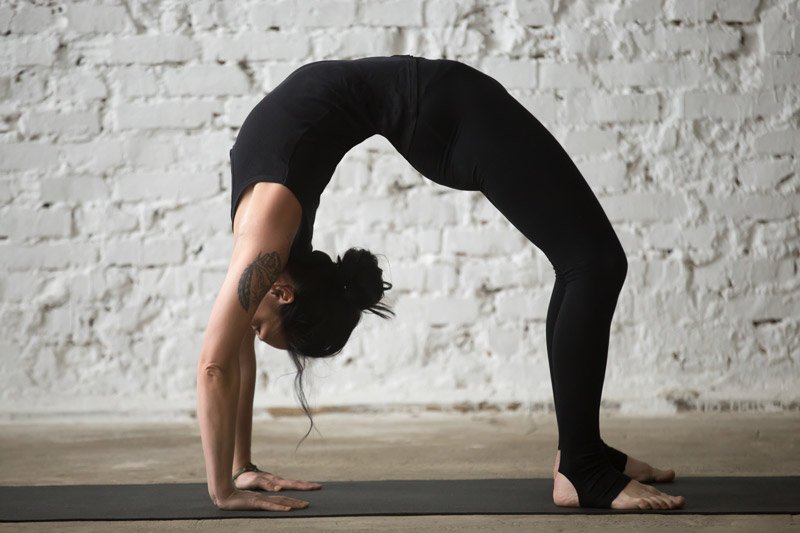Vrikshasana, or Tree Pose, is a foundational standing yoga posture that emphasizes balance, strength, and focus. Drawing inspiration from the steady and rooted stance of a tree, this pose encourages practitioners to cultivate a sense of stability both physically and mentally. Though it appears simple, Vrikshasana demands mindfulness and control, making it an enriching addition to any yoga practice.
Steps to Practice Vrikshasana
- Starting Position: Stand tall in Tadasana (Mountain Pose) with your feet together and arms at your sides.
- Shift Your Weight: Gradually transfer your body weight to your left foot, keeping it grounded and stable.
- Place the Right Foot: Bend your right knee and lift the foot, placing the sole on the inner left thigh. If challenging, position it on the calf or ankle (never on the knee joint).
- Align the Body: Straighten your left leg, engage your core, and ensure your pelvis is level.
- Hand Position: Bring your palms together in a prayer pose at the chest (Anjali Mudra) or stretch your arms overhead like branches reaching the sky.
- Steady Your Gaze: Fix your eyes on a point in front of you to maintain balance and focus.
- Breathe: Hold the pose for 30 seconds to 1 minute, breathing deeply and steadily.
- Switch Sides: Lower your right foot gently and repeat the steps with the opposite leg.
Benefits of Vrikshasana
- Improves Balance and Stability: The pose strengthens the ankles, knees, and hips while enhancing coordination and balance.
- Builds Leg Strength: Engages and tones the thighs, calves, and foot muscles.
- Enhances Focus and Concentration: Requires mental clarity and awareness, promoting a meditative state.
- Promotes Postural Alignment: Encourages an upright posture by aligning the spine and activating the core.
- Opens Hips: Stretches and improves flexibility in the hip joints.
- Relieves Stress: The focus required in this pose calms the mind and alleviates anxiety.
Tips for Practicing Vrikshasana
- Choose Stability First: Start near a wall or hold onto a sturdy surface if maintaining balance is difficult.
- Foot Placement: Avoid pressing the foot directly onto the knee joint to prevent injury.
- Engage Your Core: Activate the abdominal muscles to support the pose and prevent swaying.
- Find Your Drishti (Focus Point): A steady gaze aids in concentration and stability.
- Start Small: If raising the foot high is challenging, begin with it resting on the ankle or calf.
Cautions and Contraindications
- Knee or Hip Issues: Modify or avoid the pose if you experience pain or have injuries in these areas.
- Balance Limitations: Use support to ensure safety if balance is a concern.
- Dizziness or Vertigo: Avoid if you experience disorientation while standing.
- Pregnancy: Pregnant women should take extra care, ensuring no strain on the body.
Vrikshasana is more than a physical pose; it’s a practice that connects the practitioner with the qualities of a tree—strength, flexibility, and resilience. Perfect for building balance and mental focus, it serves as a reminder to remain grounded while reaching upward with purpose. With consistent practice, Vrikshasana can enhance both your physical health and your inner equilibrium. Always honor your body’s limits and approach the pose with patience and mindfulness.


